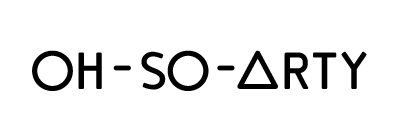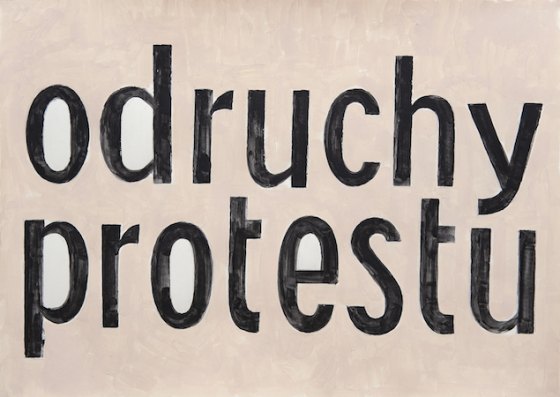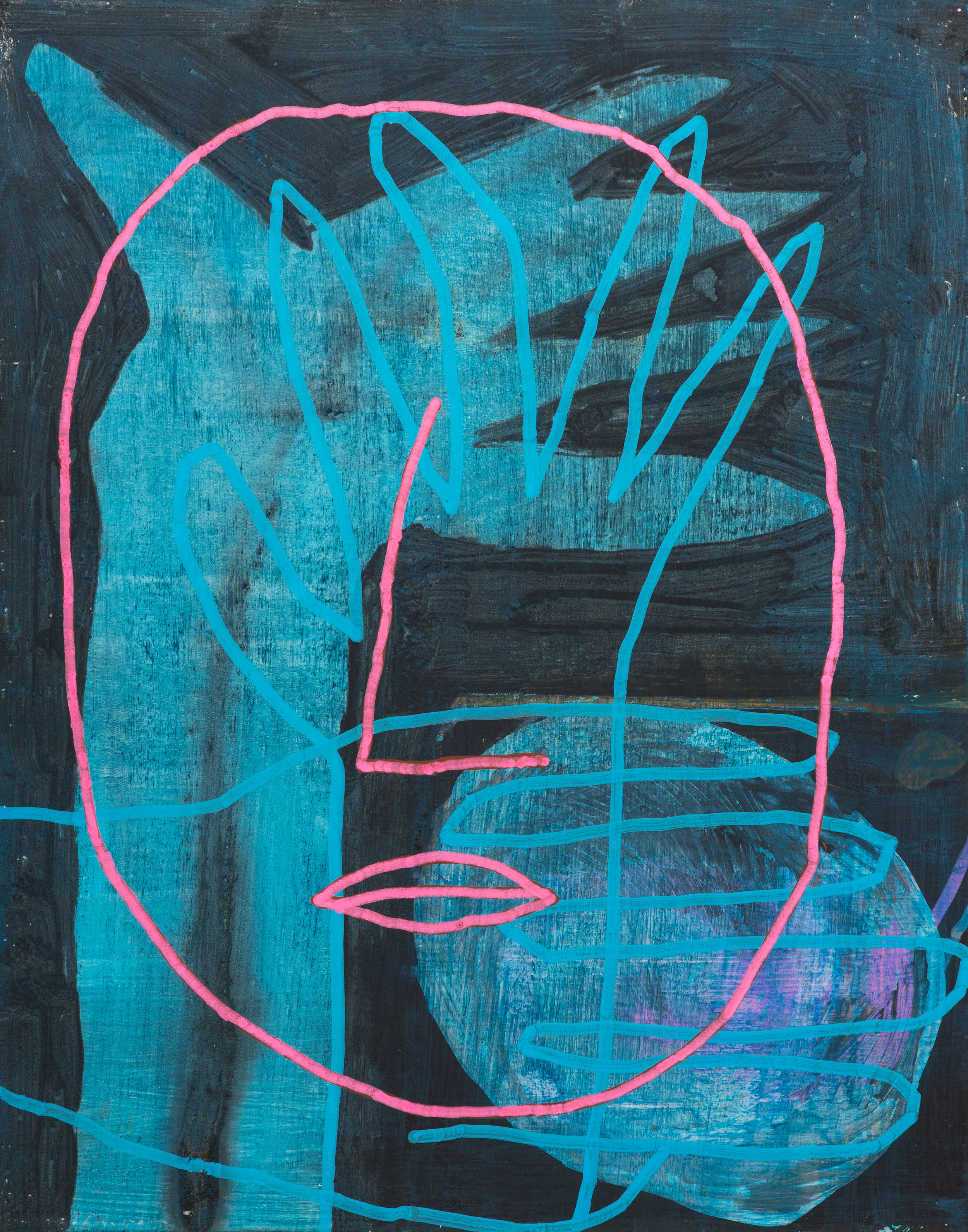September is definitely a very intense season in the Warsaw art scene, especially because of Warsaw Gallery Weekend which happened September 21st to the 23rd.
Our Warsaw insider Zuzanna Zasacka broke down the best works she saw during Warsaw Gallery Weekend for you right here. Read her highlights and check out the galleries on a private art tour with Zuzanna in Warsaw.
1. Magadelena Karpińska‘s painted silk inspired by the 'Wonder Women' movie at The Polana Institute.
2. Olga Micińska sculptures arranged in a bathtub in a historic villa in The Polana Institute
3. Agata Kus paintings at Wizytująca Gallery
4. Dominika Kowynia paintings in Szara Gallery (a gallery from Katowice visiting Warsaw)
5. Ada Zielińska photos in a new gallery focused on digital art, Śmierć Człowieka
Learn more about Oh So Arty in Warsaw here!























